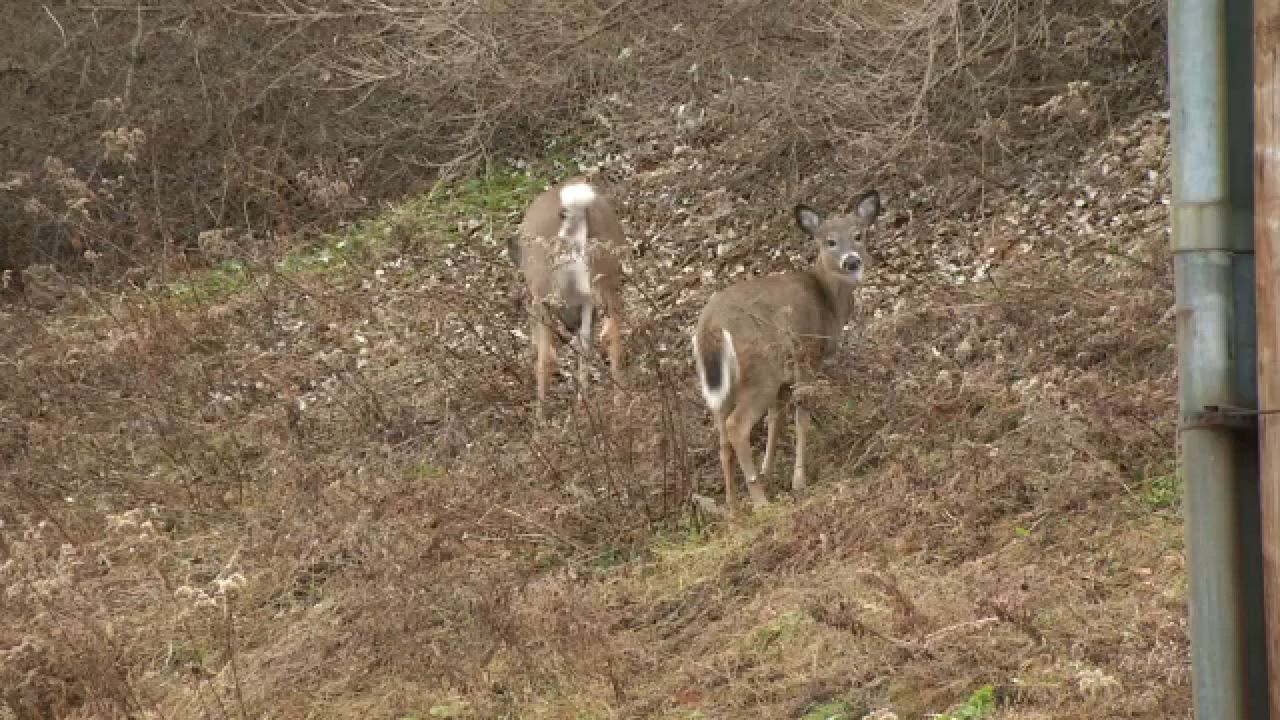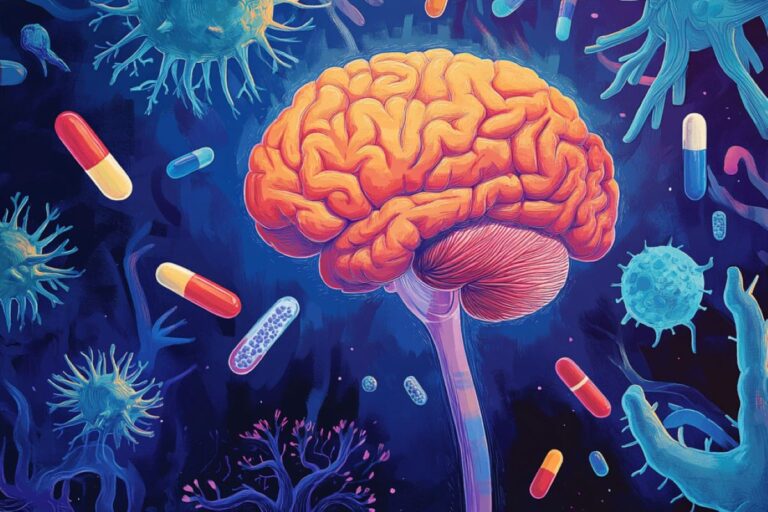Chronic Wasting Disease Detected in Upstate New York Wildlife
Chronic Wasting Disease in New York: What You Need to Know
Chronic Wasting Disease (CWD) has been making headlines recently, especially with its recent detection in wildlife across Upstate New York. If you’re a wildlife enthusiast, a hunter, or simply someone who enjoys the great outdoors, you might be wondering: What does this mean for our ecosystem? Is it safe to hunt? Can it affect livestock? Let’s dive into the nitty-gritty about this puzzling disease and what it means for our environment.
What is Chronic Wasting Disease?
Understanding CWD Basics
Chronic Wasting Disease is like that unwelcome guest who shows up at a party uninvited: it’s contagious, and it can wreak havoc. Affecting members of the deer family—including deer, elk, and moose—CWD is a neurological disease caused by misfolded proteins called prions. Instead of the usual viral or bacterial origins, prions trigger the brain to develop spongy holes, leading to severe neurological damage and eventually death.
You might be thinking, “But how does this affect me?” Well, it’s crucial because it can change the balance within our ecosystems, as well as impact hunting and wildlife management practices.
Symptoms and Signs
So how do you know if an animal has CWD? Here are a few symptoms to watch for:
- Weight loss: The name “wasting disease” is fitting, as infected animals often become emaciated.
- Behavior changes: Infected animals might show abnormal behaviors, like lack of fear towards humans—a scenario that is both creepy and alarming.
- Salivation and excessive thirst: Look for drooling or abnormal behaviors concerning feeding and drinking.
- Poor coordination: Affected deer may appear to stumble or have trouble walking.
If you spot these symptoms, it might be time to step back and notify authorities.
The Spread of CWD in New York
Recent Developments
Recent reports indicate that CWD has officially hit the wildlife population in Upstate New York. The New York State Department of Environmental Conservation (DEC) confirmed cases in a few counties. This uptick sends a ripple of concern through the hunting community as well as wildlife enthusiasts.
Path of Transmission
CWD spreads through direct contact between animals. However, it can also be transmitted indirectly through contaminated environments. Think of it as a game of tag, but the consequences are dire. Infected deer excrete prions via saliva, urine, and feces, which can then be picked up by healthy deer wandering through the same area.
Implications for Hunters
For hunters, the emergence of CWD raises critical questions: Do I need to change my hunting strategy? Should I be concerned about eating venison? Here’s where it’s vital to stay informed:
- Testing Required: In regions where CWD is detected, the DEC recommends getting your deer tested before consuming the meat. Prevention is key!
- Best Practices: Hunters should avoid feeding deer in order to limit direct contact. Also, it’s essential to dispose of carcasses properly.
The Science Behind CWD
What Makes CWD So Tricky?
CWD is unique because it’s not like your typical infectious disease. The prions that cause it can stay in the environment for years. This means that once CWD establishes itself, it’s challenging to eliminate. The persistence of these prions in soil and plants makes it even harder to control the spread. Imagine trying to wipe away a stubborn stain that just won’t budge—frustrating, right?
Research and Monitoring
Scientists are hard at work studying CWD, and there’s still much to learn. Monitoring existing herds is crucial since early detection can significantly affect management practices. The goal is to contain and control the spread—but that means getting involved in monitoring efforts.
Balancing Nature and Conservation
The Role of Management
Wildlife managers play a critical role in combating diseases like CWD. Strategies may include:
- Culling: In some cases, reducing the deer population in affected areas may help to minimize disease presence.
- Education: Spreading awareness among hunters and the public is essential in managing population health.
Ecological Impact
So, what does CWD mean for the broader wildlife ecosystem? It disrupts food chains by affecting predator-prey dynamics. A decline in deer populations can affect species that rely on them for sustenance. Think of it as a massive game of dominos; once one piece falls, others follow.
Public Health Considerations
Is CWD Transmissible to Humans?
Currently, there’s no strong evidence to suggest that CWD can infect humans. However, it’s always wise to err on the side of caution. The Centers for Disease Control and Prevention (CDC) recommends that individuals avoid consuming meat from infected deer.
Precautions for Hunters
If you’re hunting in areas where CWD has been detected, here are some steps to keep you and your loved ones safe:
- Wear gloves: Always wear gloves when field dressing deer.
- Limit exposure: Avoid contact with the brain and spinal tissues.
- Get tested: Always have your deer tested if it shows symptoms of CWD.
Conclusion
Chronic Wasting Disease is a complicated issue that requires our attention and proactive measures. Its emergence in Upstate New York wildlife is a concerning development that can potentially impact our ecosystems, hunting practices, and public health. Awareness and education are the first steps in managing this disease.
So, what can we do? Stay informed, practice responsible hunting, and report any abnormal animal behavior. After all, preventing the spread of CWD isn’t just about protecting wildlife; it’s about preserving the richness of our outdoor experiences for generations to come.
FAQs
1. What should I do if I see an animal that looks sick?
If you notice a deer exhibiting symptoms of CWD, such as excessive drooling or severe weight loss, contact your local wildlife management authority.
2. Can CWD be transmitted to pets?
Currently, there’s no evidence to suggest that pets can contract CWD, but it’s best to keep them away from potentially infected animals.
3. How can I ensure the venison I eat is safe?
Always have your deer tested for CWD if you hunt in areas where it has been reported. Avoid eating any deer showing symptoms of the disease.
4. Is CWD contagious among livestock?
CWD primarily affects wild cervids and poses little risk to livestock. However, continued research is needed to monitor any possibilities.
5. What are the long-term ecological implications of CWD?
CWD can lead to decreased deer populations, which may disrupt predator-prey dynamics and alter the entire ecosystem. Long-term monitoring is essential to understand these changes better.







